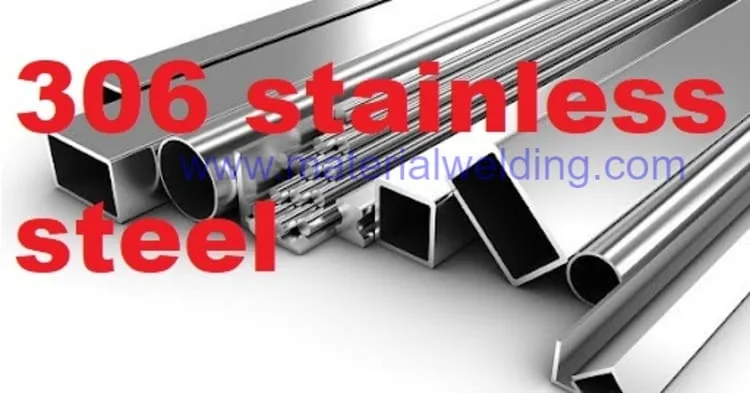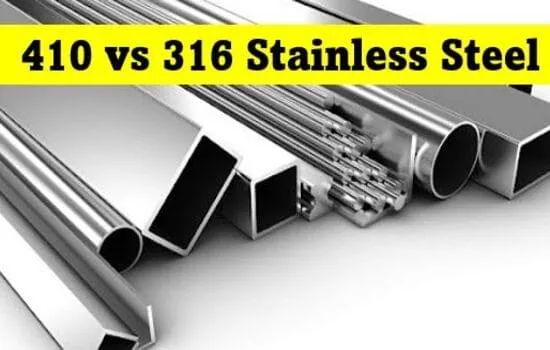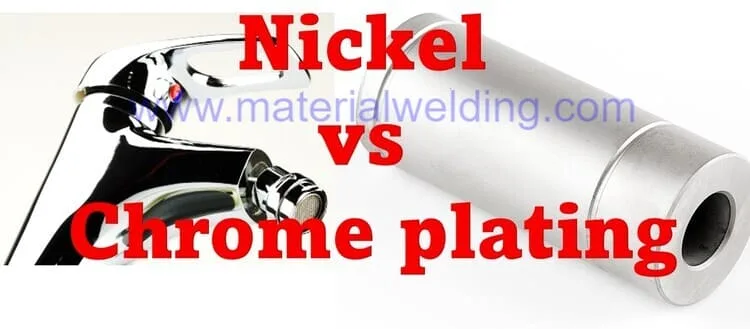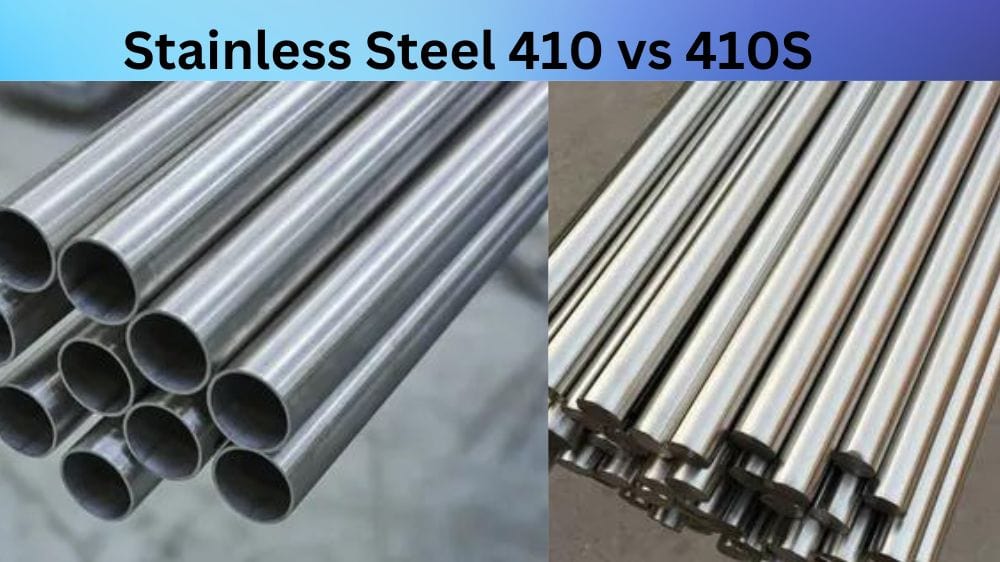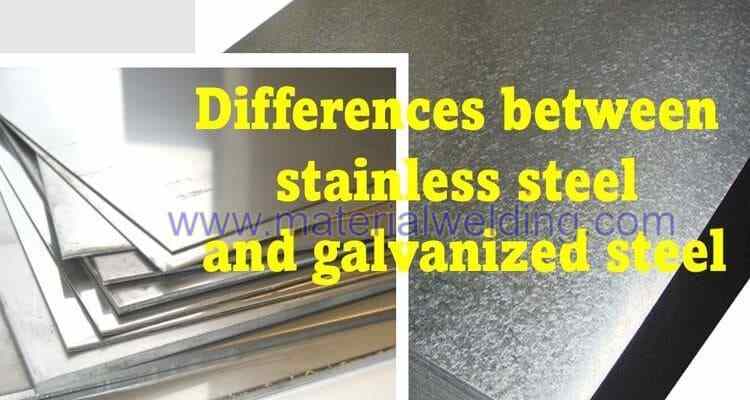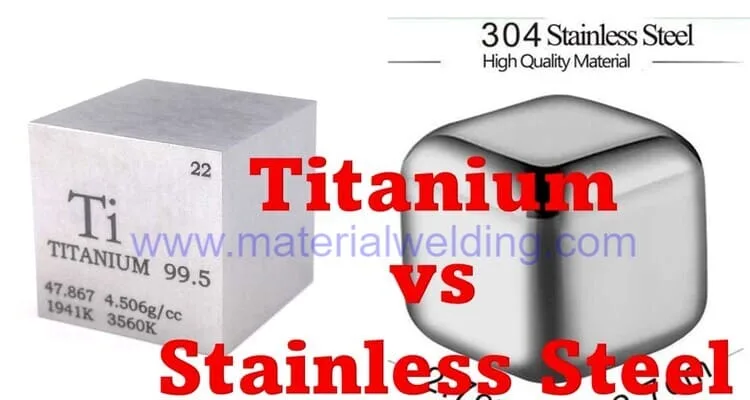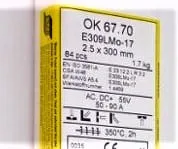Understanding the properties, uses, and differences between 18-8 and 304 stainless steel is crucial for both consumers and industries. These two types of stainless steel are frequently used across a wide range of applications due to their unique properties.
This knowledge can help users choose the right material for their specific needs efficiently. 18-8 stainless steel, known for its balanced properties, is a common choice for many industries. Similarly, 304 stainless steel, distinguished for its excellent corrosion resistance, is extensively used, especially in food-related industries.
In this article, we will dive into the intricacies of both these types of stainless steel, perform a comparative analysis, and provide answers to frequently asked questions regarding 18-8 vs 304 stainless steel. The goal is to boost your knowledge about these well-regarded variants of stainless steel.
18-8 Stainless Steel
Defining 18-8 Stainless Steel
18-8 stainless steel, also known as 301 and 302 grade stainless steel, is part of the 300 series of stainless steel. The term “18-8” refers to the steel’s composition of approximately 18% chromium and 8% nickel. Other elements may also be present in smaller quantities, including carbon, manganese, and silicon.
Common Uses and Benefits of 18-8 Stainless Steel
Due to its high resistibility to corrosion and heat, 18-8 stainless steel is culminated in numerous applications. These can range from cookware, cutlery, and kitchen appliances, to medical instruments, construction equipment, and automotive parts.
One of the greatest benefits of 18-8 stainless steel is its excellent resistance to oxidation and corrosion, which makes it ideal for environments that are prone to these issues. It also has high formability, allowing it to be shaped into numerous configurations.
Drawbacks of 18-8 Stainless Steel
Despite its merits, there are drawbacks associated with 18-8 stainless steel. First and foremost, due to its reduced chromium content compared to other grades, it is less resistant to corrosion if subjected to extreme conditions, especially in environments with high salinity or acidity. In addition to this, the high nickel content can prove problematic for those with nickel allergies, especially when used in products like jewelry or kitchenware.
Comparison Between 18-8 Stainless Steel and 304
Observing 304 stainless steel, it also falls within the 300 series and is sometimes interchangeably identified as 18-8 stainless steel due to its composition. It typically consists of 18% chromium and 8% nickel, similar to 18-8 stainless steel, but the carbon content is generally lower. One key difference between the two lies in their application.
While the two types of steel share several properties, 304 stainless steel is generally more commonly used than 18-8. This is primarily due to its greater resistance to corrosion and its superior welding capabilities.
Properties and Applications of 304 Stainless Steel
304 stainless steel is best suited for corrosion and rust resistance as it has more chromium present in its composition. It remains stainless, or does not rust, by the virtue of these micron-scale chromium oxide crystals. It’s harnessed for a variety of applications in numerous industries due to its durability, strength, and formidable resistance to heat.
Due to its superior corrosion resistance, 304 stainless steel is commonly used in food processing equipment, kitchen equipment, architectural paneling, and in hardware like nuts, bolts, and screws. It’s laudable for its fresh water and atmospheric resistance; however, it can corrode in sea water or in environments with high concentrations of halide ions.
When it comes to choosing between 18-8 stainless steel and 304, the decision significantly depends on the specific use and environmental conditions which the material will undergo.

304 Stainless Steel
An Insight into 304 Stainless Steel
The most widely used grade of stainless steel around the globe is 304, also known as ‘A2’ in Europe. Boasting superior corrosion resistance, it finds its use in a plethora of applications. The primary composition of 18% chromium and 8% nickel is what crowns this grade as 18-8 stainless steel.
The highly coveted 304 stainless steel is well-recognized for its robust nature and effortless fabrication, making it the go-to material for household items like cookware, kitchen appliances, and cutlery. This quality extends to it being used extensively in automotive bodies, surgical instruments, architectural infrastructures, and chemical machinery, attributing to its defense against most oxidizing acids.
What sets apart 304 stainless steel is its ability to withhold its stainless properties even after extensive forming and welding. This characteristic lends reliability and prolongs the lifespan of constructions using it, making it a prime choice across several industries.
Comparison: 304 Stainless Steel vs 18-8 Stainless Steel
18-8 stainless steel is an older system used to categorize a type of stainless steel which includes 304 stainless steel. The ’18-8′ system is derived from the key constituents of this steel: approximately 18% chromium and 8% nickel.
Traditionally, 18-8 stainless steel was used to label 304 stainless steel. However, over time, it has come to loosely label any type of stainless steel containing approximately 18% chromium and 8% nickel. So, in effect, 304 can be considered a type of 18-8 stainless steel but not all 18-8 stainless steel is 304.
While 18-8 can consist of any steel type under its umbrella, the properties may vary. 304, being a specific type of 18-8 stainless steel, has a higher resistance to decay and decreases the likelihood of a reaction with foods or liquids, an important property in the food industry or any application involving corrosive environments.
Understanding the Limitations
Although 304 stainless steel holds many advantages, there are certain limitations to consider. One noticeable restriction is its lower resistance to chlorine environments and high heat, which can result in pitting and crevice corrosion.
Moreover, 304 stainless steel can be prone to stress corrosion cracking when exposed to temperatures exceeding 60°C. This can potentially create issues in industrial applications where high-temperature processing is essential.
Undeniably, 304 stainless steel is celebrated for its superior anti-corrosion features. Nonetheless, these only apply under conditions where the steel is clean or well-polished. In cases where the surface is soiled or roughly treated, deterioration can occur.

Comparative Analysis
A Comparative Analysis: 18-8 vs 304 Stainless Steel’s Corrosion Resistance
Fundamentally, there’s little to no difference in the corrosion resistance of 18-8 and 304 stainless steel. Both these alloys belong to the 300 series stainless steel, notable for its remarkable resistance to a wide range of corrosive environments. This high level of resistance emanates from the substantial chromium content in their structure. Chromium forms a protective layer of chromium oxide on the metal surface, defending the material from rust and other corrosive damages.
Assessing Ease of Fabrication: 18-8 vs 304 Stainless Steel
18-8 and 304 stainless steel are also similar in terms of ease of fabrication. Both materials can be cut, formed, welded, and machined relatively easily. Though 304 steel is considered slightly easier to machine due to its specific composition, the difference is minimal and may not significantly impact overall project timelines or costs.
Heat Resistance: 18-8 vs 304 Stainless Steel
When comparing their heat resistance, 304 stainless steel holds a slight advantage over 18-8. Although both steel types can withstand exposure to high temperatures, the maximum service temperature for 304 stainless steel is around 870°C (1600°F), while 18-8 can withstand up to around 760°C (1400°F). Hence, 304 may be the better choice for applications requiring high heat resistance.
Price Comparison: 18-8 vs 304 Stainless Steel
In general, the cost of 18-8 and 304 stainless steel is somewhat comparable. The price varies based on factors such as supplier, quantity required, and global market conditions. That being said, 304 stainless steel, with its slightly higher nickel content and superior heat resistance, can sometimes be slightly more expensive than 18-8.
Exploring the Use Cases of 18-8 and 304 Stainless Steel
Both 18-8 and 304 stainless steel share certain similarities that grant them use in a variety of applications without affecting the effectiveness and robustness of the end product. They’re particularly well-suited for tasks which require good forming and welding properties, coupled with strong resistance against corrosion and heat. This makes them an ideal choice for producing kitchen tools, automotive components, medical devices, and even parts for architectural establishments. However, for those applications that demand higher temperature resistance, 304 stainless steel is often the go-to due to its enhanced heat resilient characteristics.

FAQs: 18-8 vs 304 Stainless Steel
A Deep Dive Into 18-8 and 304 Stainless Steel
18-8 and 304 variants are two frequently employed types of stainless steel that find their uses in myriad applications, spanning from manufacturing household appliances, utensils to machinery. Both these variants form part of the 300 series of stainless steel, a category that is highly recognized for its resilience, anti-corrosion abilities, and high nickel content.
Components and Composition
The primary difference between 18-8 and 304 lies in their composition. The 18-8 stainless steel is named that way due to it being composed of 18% chromium and 8% nickel. On the other hand, 304 stainless steel, while also containing 18% chromium and 8% nickel, contains additional components such as a higher amount of carbon (.08% compared to .07% in 18-8), and slight percentage of silicone, manganese, and phosphorus.
Corrosion Resistance
Both 18-8 and 304 stainless steel are known for their corrosion resistance, due to their high chromium and nickel contents. The oxidized layer formed by these elements protects the steel from rust and corrosion. However, 304 stainless steel generally offers a slightly superior corrosion resistance due to its additional components.
Application Differences
The choice between 18-8 and 304 often depends on the specific application. While they share many similar qualities and can often be used interchangeably, the extra corrosion resistance of 304 makes it an ideal choice for applications where the steel may be exposed to corrosive elements such as acids, chemicals, or seawater.
Cost and Availability
In terms of cost, 304 stainless steel is usually slightly more expensive than 18-8 due to it offering marginally better qualities. However, as it is more commonly used, it tends to be more readily available in the market than 18-8 stainless steel.
Machinability and Weldability
304 stainless steel is generally easier to machine and weld than 18-8 stainless steel. This can make a significant difference in applications requiring a high level of precision or in environments where welding is essential.
Food-Grade Applications
Another key area of differentiation lies in food-grade applications. 304 stainless steel, due to its higher resistance to corrosive elements, is often preferred in the food and beverage industry where hygienic standards are paramount.
In conclusion
While both 18-8 and 304 stainless steel share many similarities, their minor differences can result in significant impacts depending on the specific uses and requirements. As such, understanding these characteristics is essential to selecting the appropriate type of stainless steel for a given application.

Over the course of this exploration, we’ve delved into the world of 18-8 and 304 stainless steel, understanding their compositions, benefits, drawbacks, and specific applications. By performing a comparative analysis, we’ve highlighted critical factors such as corrosion resistance, ease of fabrication, heat resistance, and price.
This has enabled us to understand the scenarios where one type may have an edge over the other. By answering frequently asked questions, we’ve also aimed to clear common queries about these two types of stainless steel.
It’s worth noting that the selection between 18-8 and 304 stainless steel often boils down to the specific requirements of the application. As users and consumers, being aware of these differences can ensure the selection of the most appropriate material that best fits our needs and budgets.
